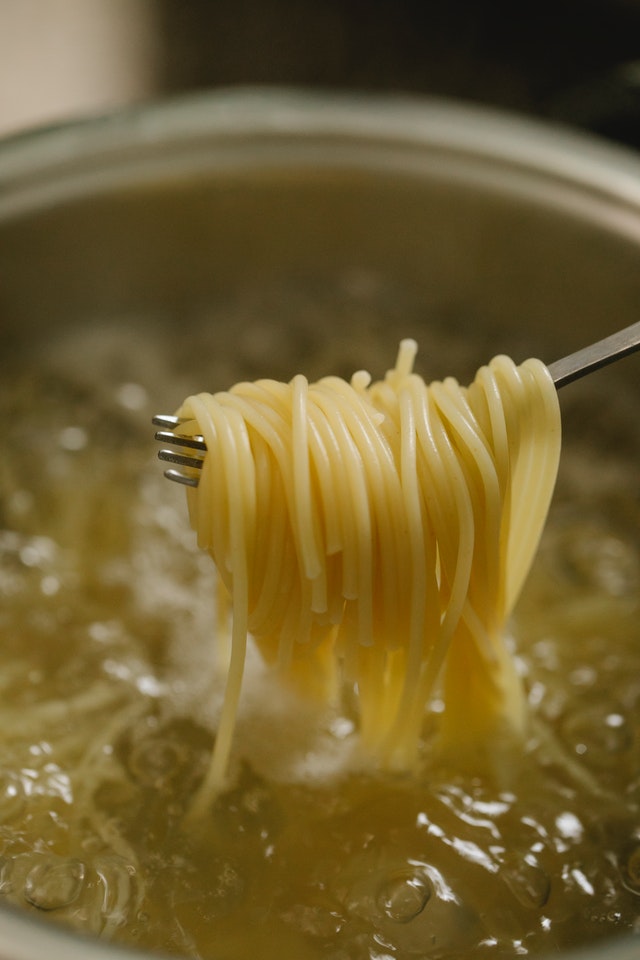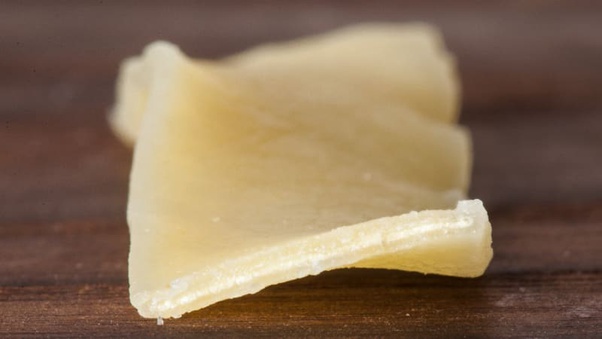What is pasta al dente?

What’s pasta “al dente”? How do you cook pasta perfectly al dente? Is it better? If you have these and similar questions, you are in the right place.
What is pasta “al dente”?
When you cook the pasta, one of the most important things to remember is that it should always be cooked until solid, or “al dente,” which means “to the tooth” in Italian. The term identifies the ideal consistency for pasta and involves a brief cooking time. Pasta “al dente” of course taste better than overcooked and mushy pasta, and that’s why it is important to know this term. In simple words “al dente” pasta it’s chewy and firm, holding its whole shape in whatever sauce you put it in.
How to cook the pasta “al dente”?
Oversimplifying a bit pasta al dente is slightly undercooked pasta. How much undercooked?
Many pasta’s producer indicate in the package two different cooking time, specifying the one for “al dente”. If a different term is used and you are not sure, the shortest time is the one for preparing pasta “al dente”. If in the package you have one indication only relatively to cooking time, then you can simply shorten the cooking time by 1-3 minutes depending on the shape.
Test for al Dente
A simple option for some people is just to bite a sample and decide according to experience and preference. This is also useful if you forgot to take the time. If you give a bite in the middle and then look, you should be able to see rough texture in the center of the pasta. You should be able to see a small white line (or dot) in the center of the piece (or noodle) if you look at a cross section - where you bit.

What can go wrong?
If that white chalky part is too large or your mouth feels sandy then the pasta is still too much uncooked. If there is texture in the middle and pasta taste mushy or like glue then it is already overcooked.
Mastering the culinary art of pasta: the perfect spot
Some chefs believe that when you bite into a slice of al dente pasta, you can see a tiny white spot in the middle of the pasta. Al dente, according to others, is where the dot is no longer visible. Anything in between is the perfect spot, yet open to cooks debate among masters of pasta.
Is pasta “al dente” better?
Yes. Pasta cooked “al dente” keeps pasta’s low glycemic index value while still tasting better than overcooked and mushy pasta.
What about fresh pasta?
Home made or fresh pasta have very different usual cooking time than dry pasta. Making sure you don’t overcook it is much more important with fresh pasta because there is far less room for mistake. So “al dente” is different with fresh because fresh pasta only needs to be cooked for a few minutes. If your home made pasta is new, it should have a snap to it.
Enjoy your perfectly “al dente” cooked pasta.
More about pasta
This is one of the many posts available on this blog
